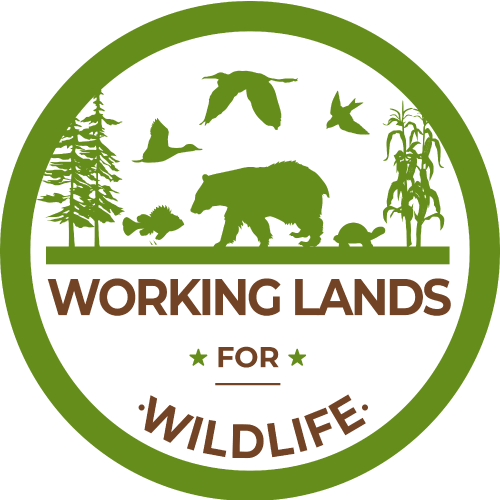-
Plone 4 Manual: How to Add Content to Landscape Partnership
-
by
Rosanne Hessmiller
—
published
Oct 17, 2016
—
last modified
Mar 13, 2023 01:36 PM
Located in
Help
/
General User Support
/
Getting Started: How To Add Content to the Portal
-
Plone Content and Display Choices
-
by
Rosanne Hessmiller
—
published
Mar 11, 2015
Table of Contents, Previous Next Functionality
Located in
Help
/
General User Support
-
MeetingSphere Commands, common functions and tools
-
by
Rosanne Hessmiller
—
published
Mar 11, 2016
The "Command" menu provides help on commands, features and functions that run across several or all MeetingSphere tools:
Located in
Help
/
General User Support
/
How to Use MeetingSphere
-
General Help for Hosts in MeetingSphere
-
by
Rosanne Hessmiller
—
published
Mar 11, 2016
MeetingSphere provides a set of interactive, self-documenting tools. In their default configuration, these tools cover the typical use cases of face-to-face or online sessions. Experienced users will use advanced settings to support more intricate methodologies and facilitation techniques.
In the process of building a session agenda, tools are added to the relevant Agenda stages to produce the required outcome of the session.
The following table describes the MeetingSphere tools by their primary and intended uses. Once you know them, you will discover many more.
Located in
Help
/
General User Support
/
How to Use MeetingSphere
-
How to Delete items during an active MeetingSphere session
-
by
Rosanne Hessmiller
—
published
Mar 11, 2016
Delete can be performed by hosts and participants can delete content they shared during a meeting.
Located in
Help
/
General User Support
/
How to Use MeetingSphere
-
 Expertise Database Fields for Offline Submission
Expertise Database Fields for Offline Submission
-
by
Rosanne Hessmiller
—
published
Nov 08, 2013
—
last modified
Apr 10, 2025 10:52 PM
Please download the document and then check Enable Editing at top of page. Then check the appropriate box for your expertise or make text bold. Once completed, email back to the Appalachian LCC at communications@applcc.org. Thanks.
Located in
Help
/
Technical User Support
/
How to Use the Expertise Database
-
ECO Health Report Cards
-
by
Rosanne Hessmiller
—
published
Jul 13, 2017
Our environmental report cards synthesize data from scientists and volunteers and convert it into an image-rich format that is easily accessible to a wide audience. Report cards also tap into a powerful human motivator: peer pressure. Civic leaders and community members can compare their grades with their neighbors, and we have learned that these comparisons lead to a desire for better environmental outcomes in their own backyard.
For nearly two decades our team has worked both at the local level with river protection groups, and developed assessments of iconic ecosystems such as the Chesapeake Bay (USA) and the Great Barrier Reef (Australia). These environmental report cards have been used to catalyze improvements in ecosystem health, guide restoration efforts, and stimulate relevant research.
Located in
Resources
-
 Fact Sheet: Assessing Future Energy
Fact Sheet: Assessing Future Energy
-
by
Rosanne Hessmiller
—
published
Feb 01, 2018
—
last modified
Mar 16, 2018 12:43 PM
—
filed under:
Fact Sheet
Assessing Future Energy Development Across the Appalachian Region
Located in
Tools & Resources
/
Assessing Future Energy Development
-
OpenLayers
-
by
Rosanne Hessmiller
—
published
Mar 12, 2015
OpenLayers is a front-end UI library for creating web-based spatial apps using javascript. It supports a variety of layer sources and backends. For example, map tiles can be pulled from GoogleMaps or from a custom tile source. The advantage this brings is that it enables developers to reuse elements such as tile sources, and focus instead on the more unique aspects of their application such as the “business logic”. Default components such as tile sources can easily be swapped out at a later time. It supports bitmap and vector layers, including points, lines and polygons. One of its most widely used features is the ability to overlay data layers on top of base maps.
http://openlayers.org
Located in
Tools & Resources
/
Extensions and Other Tools
-
MapServer
-
by
Rosanne Hessmiller
—
published
Mar 12, 2015
MapServer is an open source platform for publishing spatial data and creating interactive mapping applications to the web. It has been in existence since the mid 90’s and is recognized as mature and stable, with ongoing active development. Its primary focus is producing maps from multiple layers including base imagery and spatial data sets. It also provides intelligent labeling with advanced typography and layout including collision-detection. It can read and serve spatial data in a variety of formats including Shapefiles, WMS, GDAL, PostGIS, and GeoTIFF. It is often used to produce map tiles along with its MapCache extensions. It has libraries that enable application development in a variety of languages including Python, Perl, Ruby, Java, and PHP.
Located in
Tools & Resources
/
Extensions and Other Tools


